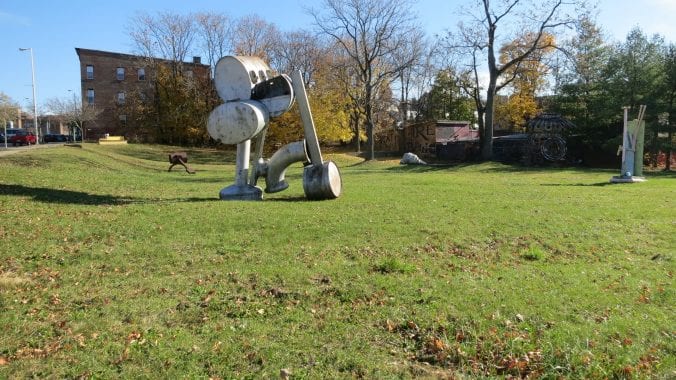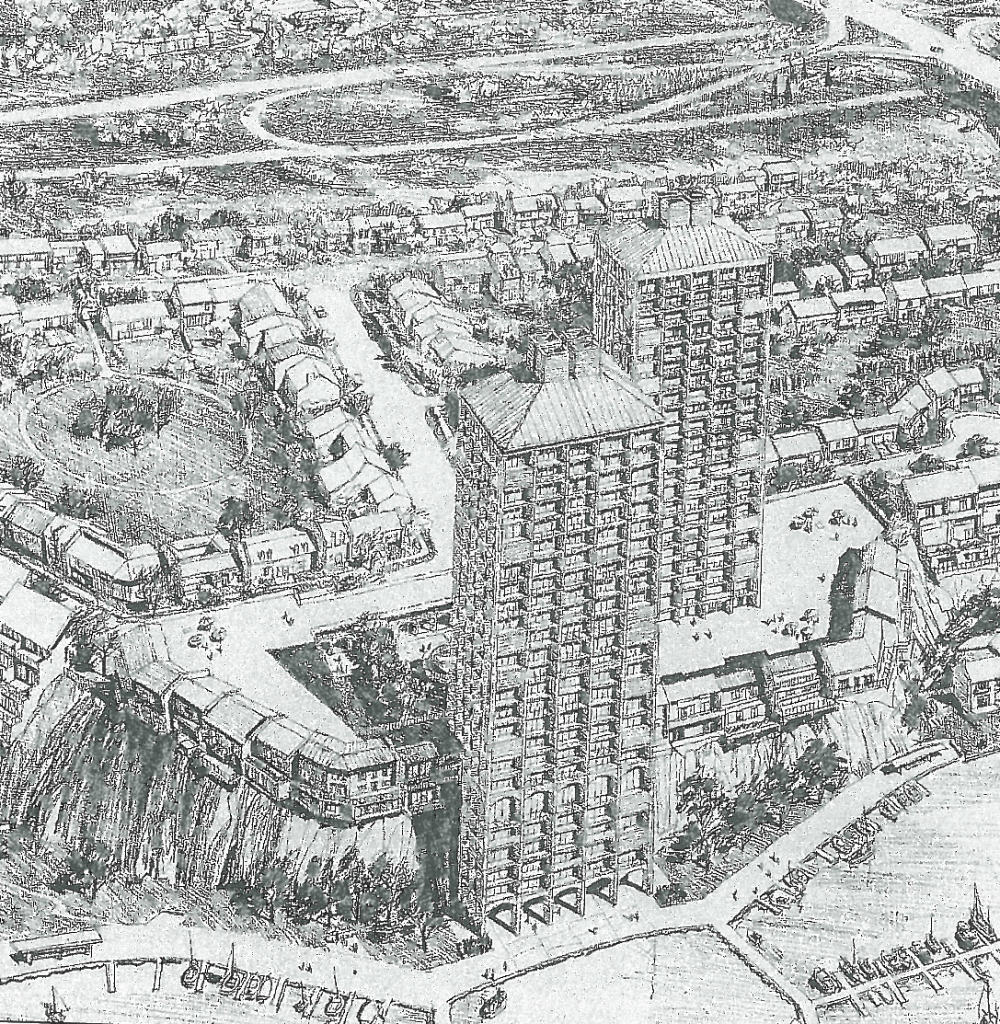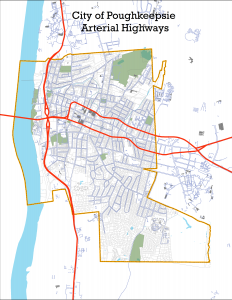Looking to the Future:
 Twenty years ago the City of Poughkeepsie debuted a Comprehensive Plan meant to be a road map for revitalization. If you look at Poughkeepsie today you can see, broadly, how well or poorly Poughkeepsie followed its own plan. The past 4 posts, linked in the box at right, have looked at how the city envisioned itself in 1998, and graded the implementation of the 1998 Comprehensive Plan using the metrics contained within the plan. The final tally was a failing grade of 41%.
Twenty years ago the City of Poughkeepsie debuted a Comprehensive Plan meant to be a road map for revitalization. If you look at Poughkeepsie today you can see, broadly, how well or poorly Poughkeepsie followed its own plan. The past 4 posts, linked in the box at right, have looked at how the city envisioned itself in 1998, and graded the implementation of the 1998 Comprehensive Plan using the metrics contained within the plan. The final tally was a failing grade of 41%.
A BenCen Series
How Poughkeepsie’s
Past has Handcuffed its Future
Peer cities in the Hudson Valley have recovered from the Great Recession. Why not Poughkeepsie?
At the end of the last post I wrote that it is unfair to hold current policymakers responsible for failing to bring the comprehensive plan to fruition, nor is it fair to hold the current city leaders accountable for complying with a plan that is well past its expiration date. The solution though is not to give up. The solution is to create a new comprehensive plan to move the city forward, learning from the mistakes of the past. Residents and stakeholders need to reimagine a collective vision for the city, and a plan needs to be drawn up with realistic, actionable and measurable steps to achieve that vision.
This post will explore some of the more obvious areas that the Poughkeepsie may want to address, as well as some non-obvious things that might be included in a new comprehensive plan.
Continue reading





